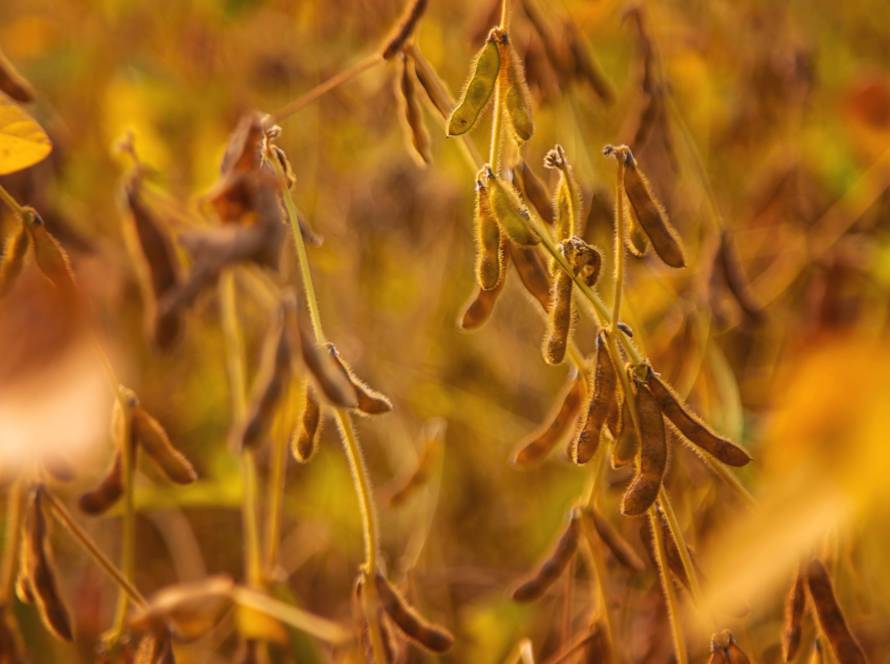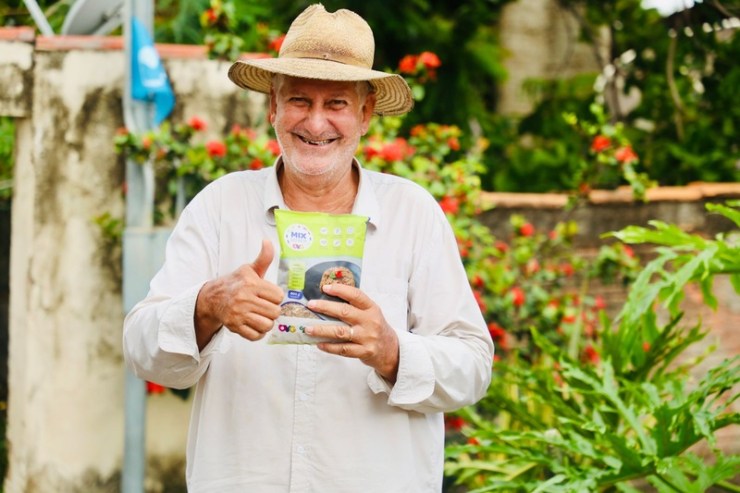With almost 300 farms in Mato Grosso do Sul, pig farming is one of the most dynamic economic activities in the state, generating employment, income and regional development. Currently, the state has 119,582 sows in production, and more than 3.39 million pigs slaughtered in 2024 alone. The chain involves 129 companies, generates around 32 thousand direct jobs and has already produced 315 thousand tons of pork this year, with a projected growth of 10% by 2025.
The data was released during the 7th MS Pig Farming Development Forum, held by Asumas in Dourados, which also presented the state's competitive advantages, such as high productivity, availability of grains at competitive prices, modern structure and public incentive policies.
According to the executive secretary of Sustainable Economic Development, of Semadesc (State Secretariat for Environment, Development, Science, Technology and Innovation), Rogério Beretta, who was one of the speakers at the event talking about Opportunities for Agriculture in Mato Grosso do Sul, the activity stands out not only for the volume of production, but also for the integration with the industry, the security for investors and the growing use of sustainable technologies.
“Like any production chain, pig farming brings great regional and state economic development. We have to start from the principle that rural activities need to diversify, and this is an activity that fits well into small properties,” highlighted the secretary.
According to him, despite currently requiring a significant volume of investment, pig farming, as an activity integrated with industry, “brings security to the investor, promotes local development, generates jobs and moves a chain of input suppliers, both for the industry and for rural properties”.
According to the executive secretary of Economic-Sustainable Development, of Semadesc (State Secretariat of Environment, Development, Science, Technology and Innovation), Rogério Beretta, who was one of the speakers at the event talking about Opportunities for Agriculture in Mato Grosso do Sul, the activity stands out not only for the volume of production, but also for the integration with the industry, the security for investors and the growing use of sustainable technologies.
“Like any production chain, pig farming brings great regional and state economic development. We have to start from the principle that rural activities need to diversify, and this is an activity that fits well into small properties,” highlighted the secretary.
According to him, despite currently requiring a significant volume of investment, pig farming, as an activity integrated with industry, “brings security to the investor, promotes local development, generates jobs and moves a chain of input suppliers, both for the industry and for rural properties”.
Challenges and actions of the State
The executive secretary acknowledges that there are challenges faced by producers, especially small ones. “Every economic activity has its difficulties. It is not a static thing; it changes over time. At certain times, environmental obstacles arise, at others, economic ones. Today, one of the government’s major concerns is biosafety,” he said.
For him, ensuring animal health is essential to avoid losses throughout the production chain. “What the State has done is work side by side with producers and the industry to anticipate potential problems. There is a lot of work being done by Iagro, our health protection agency, with visits to properties and monitoring of isolation and safety measures.”
Beretta revealed that today the State has around 300 producers working in pig farming, distributed between the south and north regions, such as in São Gabriel do Oeste, including independent producers.
“These producers have been slaughtering approximately one million fat pigs per year. And the growth is significant. The industry in São Gabriel do Oeste, for example, which used to slaughter 2,500 pigs per day, will now slaughter 5,000. Meanwhile, Seara, here in Dourados, which used to slaughter 5,000 pigs per day, is now slaughtering 10,000 per day,” he said.
According to him, Seara de Dourados alone employs more than 8,000 people. “It really promotes local development and moves a very large volume of resources.”
That is why he points out that the activity is currently among the main areas of economic development for the State Government. “The Government is very optimistic about the progress of the pork production chain. That is why it has carried out numerous actions in favor of the chain, such as the modernization of the Leitão Vida incentive program, which now rewards those who produce even more sustainably,” he stated.
For the president of Asumas, Renato Spera, the forum consolidates the strength of the union between producers and reaffirms the entity's commitment to the sustainable development of the chain. “We are living in a unique moment. The pig farming industry in Mato Grosso do Sul is mature, structured and ready to grow even more. We have been working hard to represent the interests of pig farmers, seek solutions to the challenges of the sector and build, with producers, an increasingly prosperous future”, he added.
Biogas: from problem to solution
Another point highlighted is the use of animal waste to generate biogas and biomethane. “It has always been an environmental concern, but today it has become an opportunity. Technology has brought solutions,” he said.
He explains that the waste is sent to settling ponds, where it undergoes fermentation processes that generate biogas, and that, with current technology, this biogas can be transformed into biomethane — a noble product with multiple applications. “It can be used in homes, as fuel for vehicles or to generate electricity. This has become a new source of income for producers,” Beretta reiterated.
National reference
In closing, the secretary emphasized the leading role of Mato Grosso do Sul in Brazilian pig farming. “The state is certainly a reference. Every year we receive reports of the best production rates in Brazil and we are always very well placed, between first, second or third place.”
He emphasizes that the state is a reference in both production and slaughter and processing technology. “The Dourados factory is the most modern in slaughter technology. It is an industry that produces huge quantities of calabresa sausage, ham, and bacon. Our pig farming is, without a doubt, one of the most technologically advanced in the country.”




